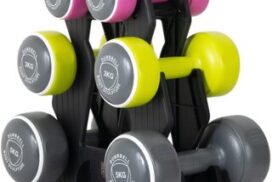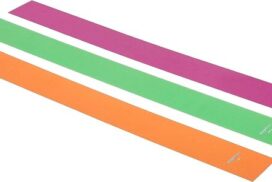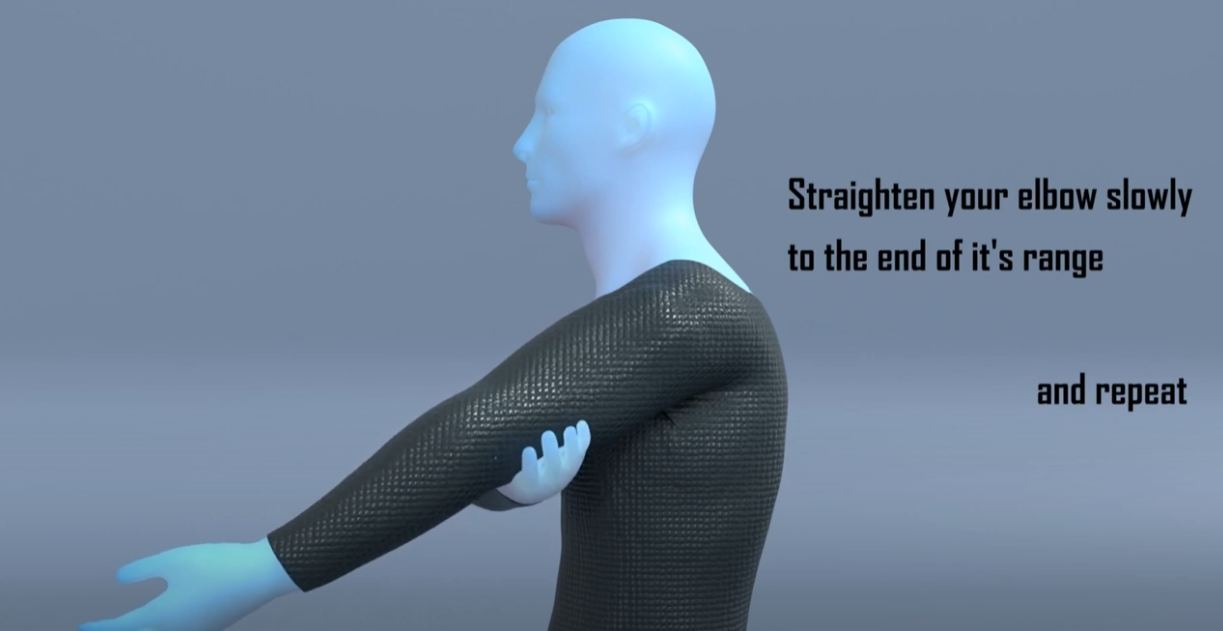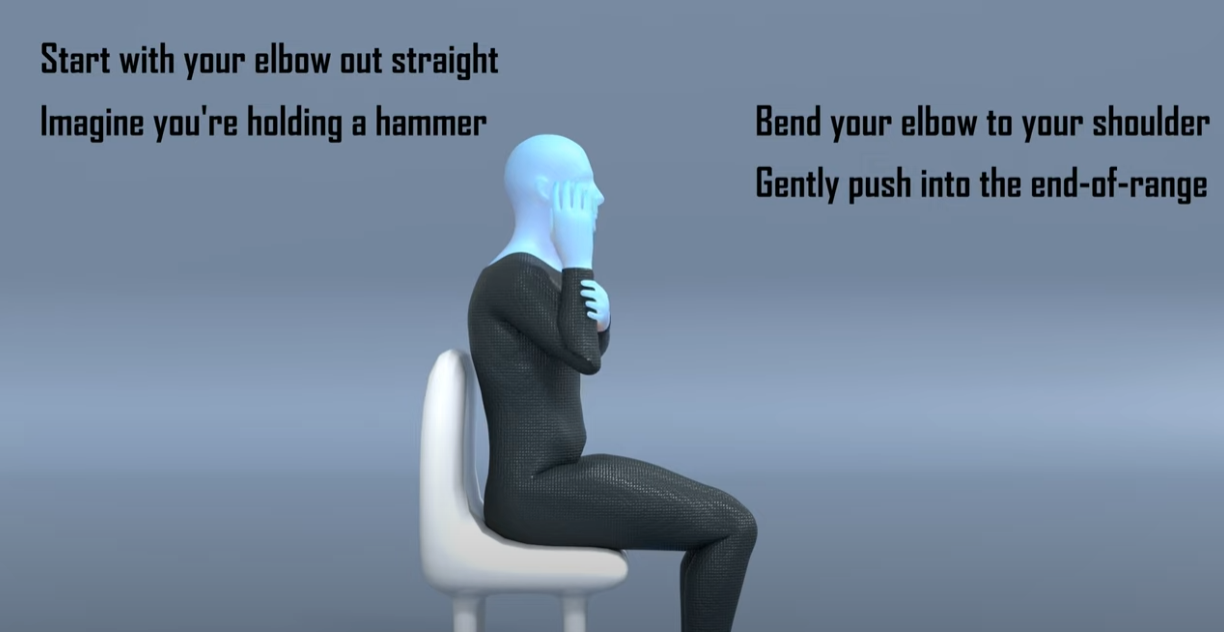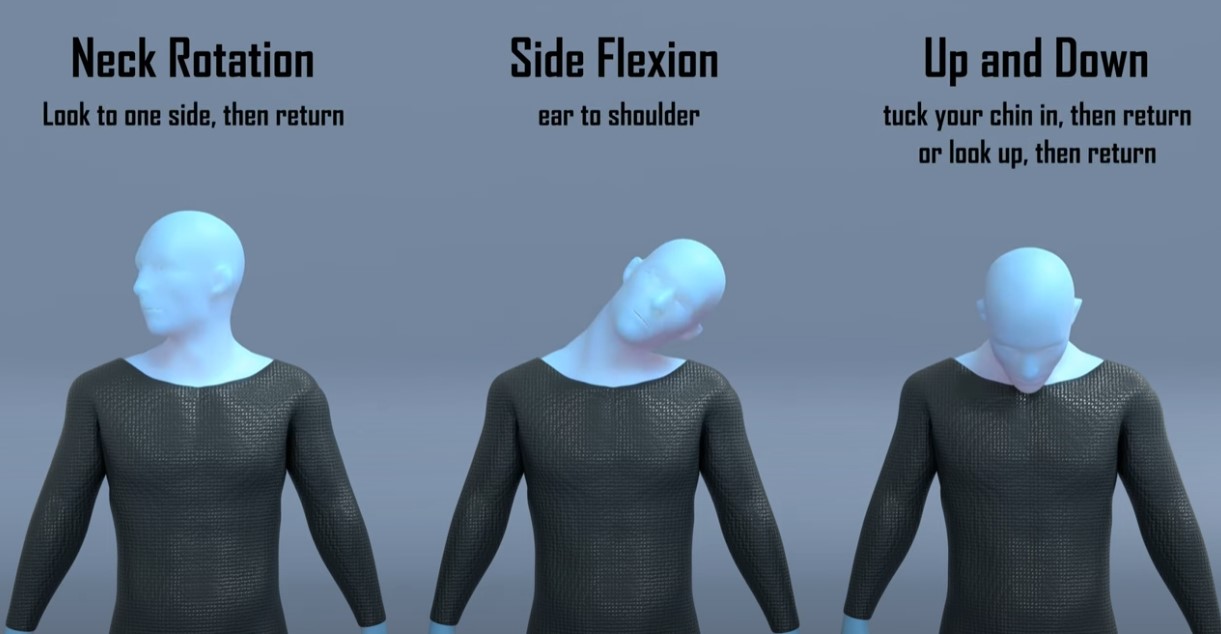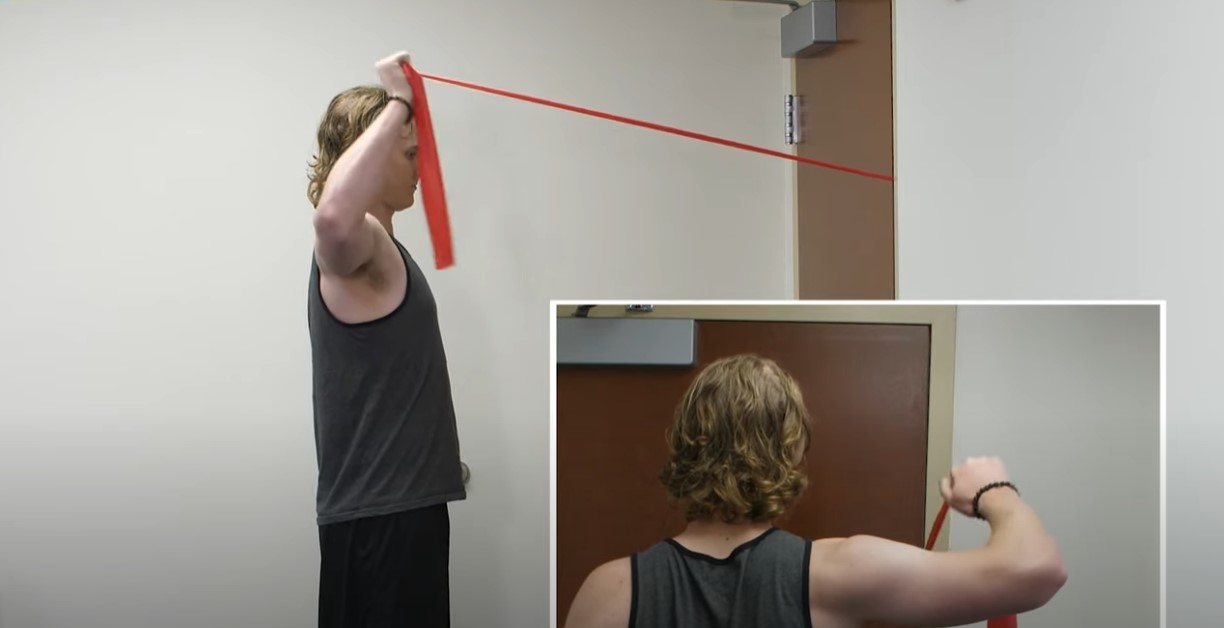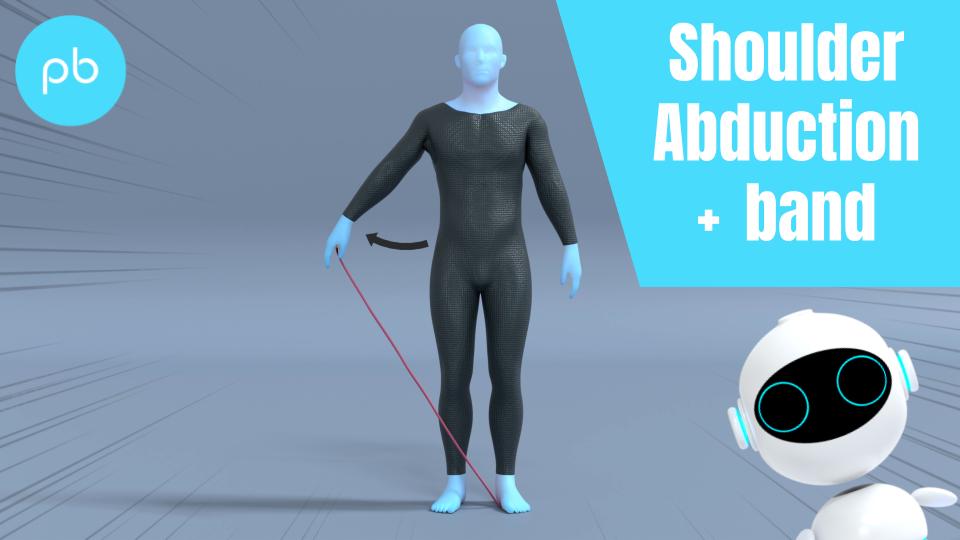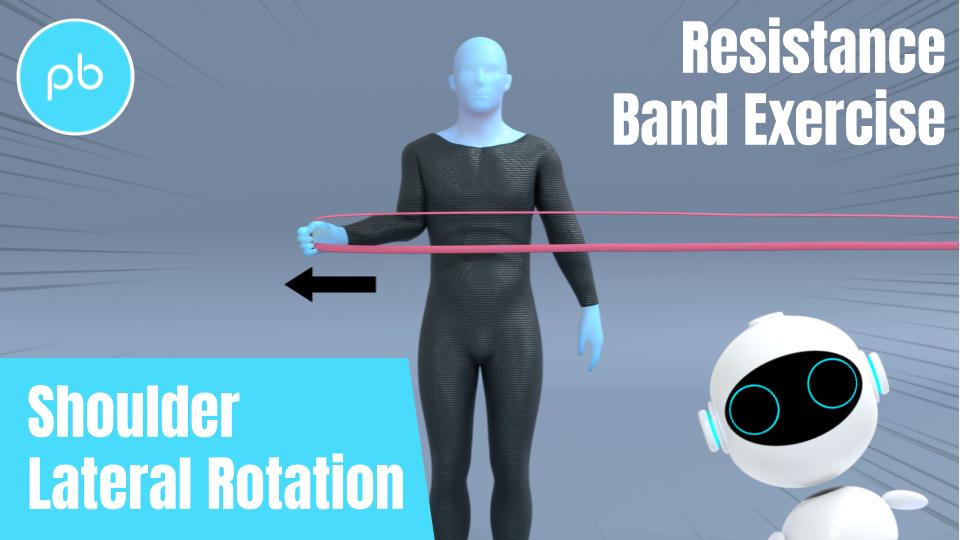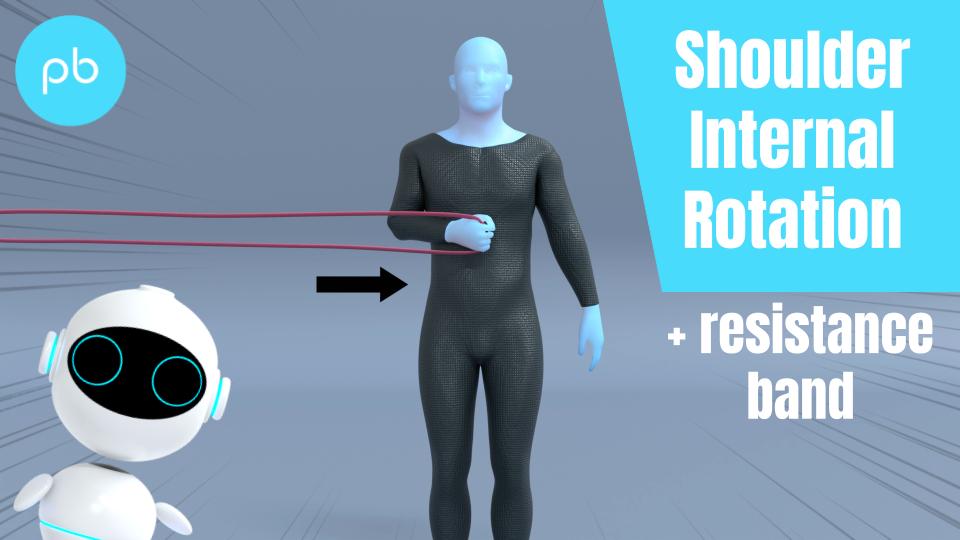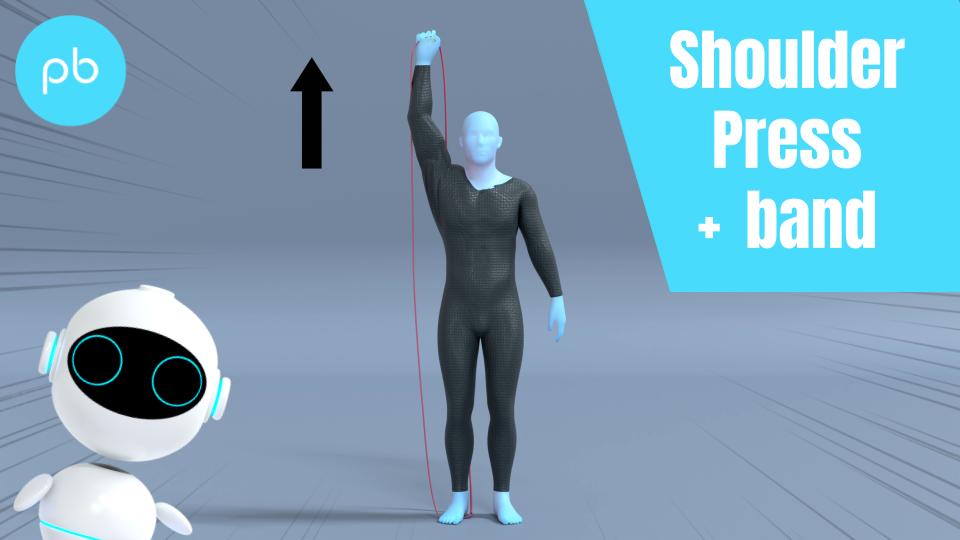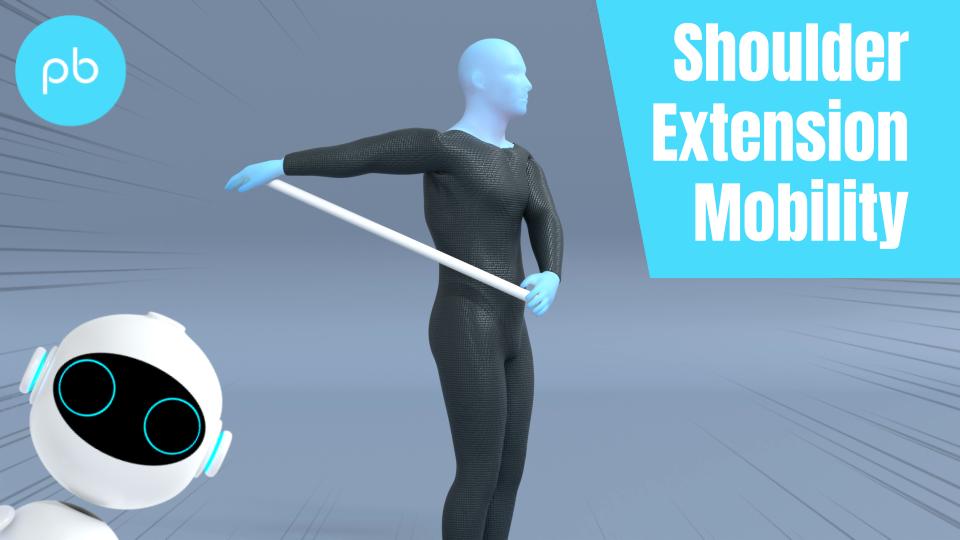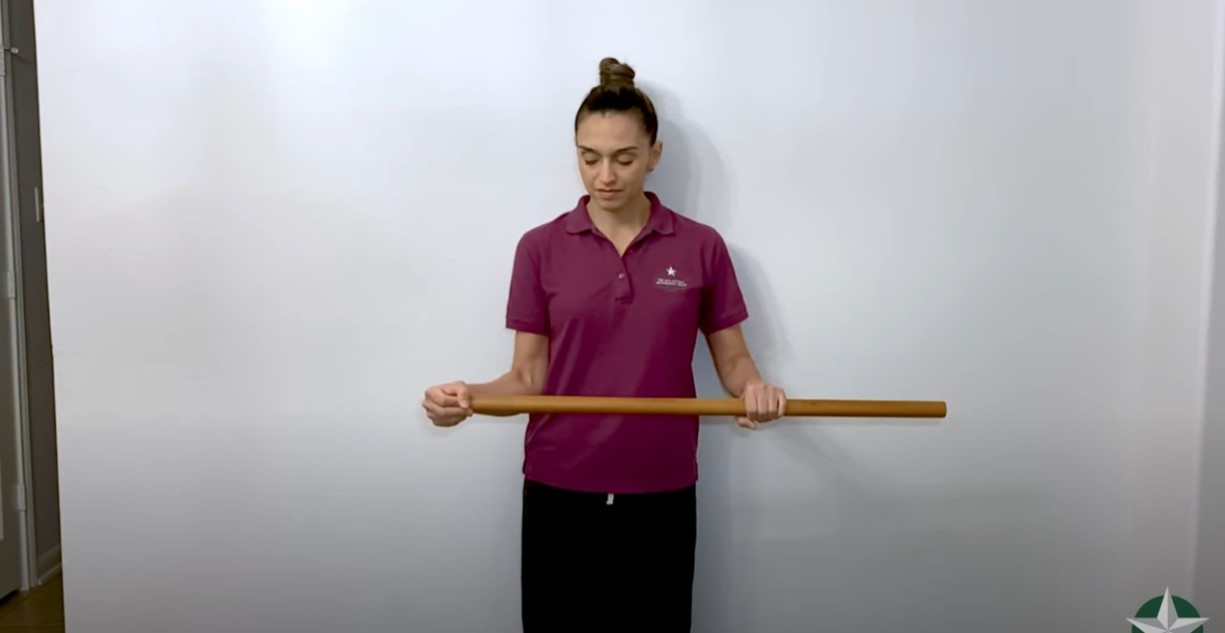
General Programme
Welcome to your free, general rehabilitation programme covering management and treatment options, exercises and equipment that could help. Scroll down to read more or use the sidebar icons to skip ahead.
Use our symptom checker for a more tailored rehabilitation programme.
Shoulder Pain Management
Click each phase heading to see the progression of your management programme.
This phase is normally the first 24-72 hours after the symptoms start, and its aim is to settle any shoulder pain whilst maintaining the range of motion and function you have.

Medication
In the initial phase the use of over the counter medication may be an option. Medications such as simple pain relief and anti-inflammatories may allow the condition to be more manageable. Please consult your family doctor if you have any concerns with this impacting your current medication, or if any medical history may be impacted by the option of including this medication.
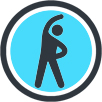
Exercises
The focus of the exercises is to maintain the movement of your neck and elbow, and introduce a low level shoulder mobility exercise to show you how to fix joint stiffness.
With shoulder pain it's quite common to try and protect the injured area, with the muscles surrounding the joint to tighten up as you are guarding it against any further damage. This can result in further discomfort, specifically neck and elbow pain. These exercises will show you how to relieve shoulder pain.
| Exercise | Frequency | |
| Elbow Flexion and Extension Range of Movement | 30 seconds x 2 sets | 5 x daily |
| Neck Active Range of Movement | 30 seconds x 2 sets | 5 x daily |
| Shoulder Pendulum Exercise | 30 seconds x 2 sets | 5 x daily |
Some things to consider with the exercises:
- The exercises of the elbow and neck are to simply ensure the joints above and below your shoulder remain mobile.
- The final exercise may act as a shoulder pain reliever when performed. The direction you move your arm when doing this exercise isn’t too important. Start off with small movements and increase it gradually over time.
- How long and how often you do the exercises at this stage is not too important. The key is little and often, and as long as you get something done every couple of hours to maintain the range that will be beneficial.
- You may find it helpful to do these exercises in a circuit type fashion, where you start off with exercise 1, have a rest, complete exercise 2 followed by a rest, continue this pattern until you complete all the exercises, and then restart.
This phase we are looking at focusing on shoulder mobility exercises. This will be roughly the first 2-4 weeks of your rehab.

Education
The exercises in this phase are designed to address the three movements of the shoulder joint which often get neglected when there is shoulder pain. The movements are internal and external rotation, and extension.
There are many shoulder pain causes, and trying to understand “why does my shoulder hurt” can be a frustrating process. In this programme we will offer some simple treatment options and show you some shoulder pain exercises you can start on, along with some chronic shoulder pain treatment.
Generally with shoulder pain you can irritate things when trying to perform basic movements for generally daily activities. For example putting on your jacket, reaching behind you in the car, tucking in a shirt or putting a bra on. All of these movements, and those similar to it, do not require your arm to move upwards or forward. But instead it's the ability of your arm to move backwards into extension, combined with an element of rotation. When you have shoulder pain it's quite common for you to guard movement initially as it’s painful, but over time this can cause a restriction in movement. Couple this with any soft tissue damage which would have occurred, the result are certain positions and movements which become tight or restricted.
The aim for these first few weeks is to make sure we gain full movement of extension along with internal and external rotation. By increasing the range of these movements you should find that you don’t cause pain in your shoulder as frequently when performing daily tasks, and your overall symptoms and function will improve. Focusing purely on how high you can move your arm into flexion with your hand above your head, and not addressing restrictions in these other movements, will most likely cause your symptoms to linger and difficulty performing tasks such as putting on your jacket, tucking your shirt in or doing up your bra. If the shoulder hurts getting dressed, addressing any shoulder tightness may help. If you had sudden shoulder pain without injury, focusing on full movement may be the simple approach on how to cure shoulder pain fast.
The timelines here are merely a guide and you may find you can progress from this phase before 2 weeks, but equally it may take longer than 4 weeks, and this will depend on the level of restriction and the amount of soft tissue damage caused. A good marker on when to progress to Phase 3 is when you can move your arm backwards into extension to the same range on both sides, you can bring your hand up behind your back to the same level on both sides, and when you rotate your arm outwards it's the same range. Doing these movements in front of a mirror, or getting someone to view you doing the movements, is a good way to check if they are the same on both sides. How long does shoulder pain last is very individual, and whilst some may be quicker than the timeframes suggested, others may take longer.
You may find you want to continue the exercises from Phase 1 into this phase as well, which is absolutely fine, but they will have less benefit as the weeks progress.
There will be some movements which you find easy and may even offer some relief in the discomfort you are experiencing, others may be more challenging. You may also find it helpful to offer some variety on the angle you perform these exercises as it may make things a little easier. The point here is there is no set way to perform mobility exercises, and no two days will be the same. Don’t get discouraged by this and just make sure that you get something done at least once a day. Performing basic mobility movement can at times be the best exercises for shoulder pain, and these exercises can act as good stretches for shoulder pain relief.
These movements shouldn’t cause any spike in pain, but a little bit of discomfort is expected as you move into the restricted range.

Exercises
The aim of these exercises is to offer some basic mobility to the shoulder without increasing your pain. Remember to start off easy and only increase the range after performing a few reps of each movement as a warm up.
| Exercise | Frequency | |
| Shoulder Extension Mobility | 30-60 seconds x 2 sets | 2 x daily |
| Shoulder Internal Rotation Mobility | 30-60 seconds x 2 sets | 2 x daily |
| Shoulder External Rotation Mobility | 30-60 seconds x 2 sets | 2 x daily |
| Shoulder Flexion Wall Climbs | 30-60 seconds x 2 sets | 2 x daily |
Some things to consider with the exercises:
- You could perform the pendulum exercise from Phase 1 to act as a nice warm up.
- For the extension mobility exercise you can perform this movement without a stick initially, and slowly increase the range in which this is performed.
- The rotation exercises can be performed without a stick or towel. These may be discomforting to start initially so slowly increase the range.
- The wall climb exercise should be performed close to the wall, so that it reduces the lever and therefore effort required to perform this exercise. If you find this exercise too easy you can simply bring your hand directly out in front of you to the point you are comfortable with.
- These exercises should not cause a spike in pain, and any discomfort should reduce after 30 minutes of performing the exercise. Remember to keep your hand out in front of you during these movements.
- You may find it helpful to do these exercises in a circuit type fashion, where you start off with exercise 1, have a rest, complete exercise 2 followed by a rest, continue this pattern until you complete all the exercises, and then restart.

Symptoms
During this phase your symptoms whilst resting should start to settle and generally you will only find an increase in pain when performing movements which are restricted. You will also notice that general daily activities which were once limited, will slowly become a little easier.
Having a shoulder popping but no pain, or trying to understand “why is my shoulder clicking”, can at times be hard. However if your symptoms are improving and moving in the right direction, these may settle over time.
If you are trying to understand how to fix a frozen shoulder, we have a specific programme which may be of help to you, which goes through frozen shoulder symptoms and treatment.
Shoulder pain after lifting weights can be caused by either a rapid increase in exercise progression at the gym, or an underlying mobility or strength problem. Working through this programme should improve this however.
If by the end of this phase you are struggling to perform the exercises in this shoulder pain programme, or general daily activities remain difficult, that perhaps may be the time when to see a doctor for shoulder pain.
This phase will be roughly 4 weeks from the start of your rehab and its aim is to build on the increased range from Phase 2 whilst adding in some basic strength work.

Education
A good marker on when to progress onto this phase is when your mobility for extension, and the rotational movements are the same on both sides. We would not expect all movements to be completely pain free at this stage, but general daily activities should be easier. After a period of reduced activity due to the pain you have been experiencing, you would expect there to be a general loss in strength in your shoulder. We will in this phase be reintroducing some basic strength work to help address any weakness.
If you have sharp pain in shoulder when moving, or shoulder pain lifting arm, then making sure the smaller rotator cuff muscles are strong with these basic exercises is the first step. Equally if you have shoulder pain during push-ups, or shoulder pain during pull ups, ensuring you include these best exercises for rotator cuff pain will be helpful, as they show you how to strengthen your rotator cuff.
A couple of points which you need to be aware of is if you have shoulder pain radiation down arm, or shoulder pain into your shoulder blades. If you have shoulder pain in arm there may be an issue with your neck which needs to be addressed. There is a shoulder pain and neck pain connection, where on occasions your neck can cause pain in your shoulder. If you are experiencing these symptoms it would be helpful to complete our free online symptom checker to make sure any neck issues are addressed. If you do not have any pain going down your arm and your shoulder pain is improving, you can continue with this programme.
You can continue the mobility exercises from Phase 2 still, especially if any of the movements offer relief.

Exercises
You should continue the mobility exercises from Phase 2 for 1 set, and perform these exercises after them.
| Exercise | Frequency | |
| Shoulder Flexion Mobility | 12-15 reps x 4 sets | 2 x daily |
| Resistance Band Row | 12-15 reps x 4 sets | 2 x daily |
| Resistance Band Internal and External Rotation | 12-15 reps x 4 sets | 2 x daily |
| Resistance band shoulder flexion | 12-15 reps x 4 sets | 2 x daily |
Some things to consider with the exercises:
- If you find the first exercise initially too difficult, you can perform the movement with a bent elbow which will reduce the length of the level and the demand on your shoulder muscles.
- Start off with the lightest resistance band available, and only increase the difficulty after a week on each resistance level.
- For the internal and external rotation exercise, you may find using a rolled up towel placed between your arm and torso helps to keep your shoulder in place.
- For the final exercise you aren’t taking your hand above your head so it shouldn't be painful. Vary the angle or range of movement so that it doesn’t cause you pain. If you find this exercise too difficult you can simply take your hand above your head like you did in Phase 2.
- You may find it helpful to do these exercises in a circuit type fashion, where you start off with exercise 1, have a rest, complete exercise 2 followed by a rest, continue this pattern until you complete all the exercises, and then restart.
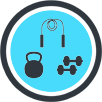
Strapping
Kinesiology strapping is very popular for many musculoskeletal injuries. The idea is that the tape helps support the muscles and tendons at the point of pain, and therefore causes less pain when doing exercises or general daily activities. The evidence for kinesiology strapping is mixed, and because of that some people find it’s really helpful whereas others find it doesn’t offer them much at all.
If you feel you are struggling to progress, or you feel your rehab is a little stagnant, or that general daily activities are still irritable, then it may be helpful to try this as a simple shoulder pain treatment.
You can leave the tape on for up to 5-7 days but at any point if it feels hot and itchy take it off straight away. Have a day's rest of no tape before reapplying, and ideally test with a small strip before applying a big amount to you.
This video shows a general strapping method which you may find helpful in offering some support of the shoulder muscles which may make daily activities and these new exercises less painful.
If you have pain on the top of your shoulder on your ACJ joint, you may however find this strapping more helpful.
It’s likely that used alongside some of the other treatment methods it may offer some relief, but realistically on its own will not help completely alleviate your pain.
Foam Roller
A foam roller is used to offer self massage. They are marketed as a way to get similar results of a massage but without the reliance of a masseuse, making it more practical and cheaper for people to use. They are very popular within the fitness industry and with a lot of professional athletes using them within their warm-up and rehab routines. The idea is that similar to massages they increase blood flow to the area and also help with mobility by reducing muscle tension. Unfortunately the evidence on them having an effect on muscle length is minimal, and any change is short term, and the link that they reduce injury or improve rehab times is simply missing. Used alongside an exercise programme it can help with symptoms and function, but used on its own it will not improve performance. In this example you would be foam rolling the large back muscles specifically the lats with the aim to reduce the tension of these larger superficial muscles which may make arm movement easier. Do not foam roller over the area of pain on your shoulder as this will be painful and likely delay the healing of the muscles.

Pacing
At this stage you should find you can do more day-to-day activities pain free. The temptation here is to go a bit overboard. A nice reminder to pace activities so that you don’t over do it, and that you spread these activities out as much as possible throughout the day.
This phase would be roughly 8 weeks from the start of your rehab.

Education
This phase may not be appropriate for everyone and if you can perform all your daily activities pain free and have no intention of returning to sport, you can stop at Phase 3. However after a period of reduced activity you would expect your general strength in your upper body to be reduced, so it may help with certain activities you are struggling with.
If you intend to return to sport, especially one which requires an element of upper body strength such as racquet or contact sports, you should continue with these exercises.
Similar to Phase 3 the timelines here are merely a guideline and may vary. You may find that you are able to start this phase before 8 weeks if the symptoms have settled and you aren’t challenged by the exercises.
You should continue the mobility exercises from Phase 2 and 3, with the aim to maintain full range of motion. However you would not necessarily need to do as many sets as you previously did, and you may not need to do all the mobility movements every day, you could potentially alternate which days you perform certain movements.
The aim in this phase is to increase the strengthening exercises through range.

Exercises
You should continue the mobility exercises from Phase 2 and 3, and you can use the strength exercises from Phase 3 as a warm up before attempting these new exercises.
The focus of these exercises is to further challenge the strength of the shoulder muscles through a greater range, and introduce some strength work with your arms above your head. These are a progression of the basic rotator cuff injury exercises from the previous phase, and will show you how to strengthen weak shoulder muscles.
| Exercise | Frequency | |
| Resistance Band External Rotation at 90 Degrees | 12-15 reps x 4 sets | 2 x daily |
| Resistance Band Internal Rotation at 90 Degrees | 12-15 reps x 4 sets | 2 x daily |
| Resistance band Abduction | 12-15 reps x 4 sets | 2 x daily |
| Resistance band shoulder press | 12-15 reps x 4 sets | 2 x daily |
Some points to consider with the exercises.
- All the exercises should be performed in a slow and controlled manner.
- For the internal and external rotation exercises you may find it too difficult initially to perform at 90 degrees, and you may find it easier to progress up to that height over time.
- The final exercise may be the hardest, so start off with an easy resistance and only increase if it’s pain free. You can also use dumbbells for this exercise instead.
- To make the exercises harder you can use a band with greater resistance, or simply move further away from your anchor point.
- These exercises should not cause a spike of pain, but you may find that there is a bit of discomfort for roughly 30 minutes after exercising, which is OK.

Return to Sport or Activity
Depending on your sport or activity of choice, you may want to perform some upper body weight bearing exercises such as a plank or press ups. It may also be suitable to do higher level dumbbell strengthening exercises to further increase your strength.
As a general rule, try and aim for two pain-free training sessions at a reduced duration or intensity before increasing.
For example, if you normally play 60 minutes of tennis, aim to play for 30 minutes in a non-competitive environment for two non-consecutive days.
Having a day's rest between sessions allows you to have appropriate rest and for your body to repair and become stronger.
Once you have found a duration or intensity you can tolerate with no flare up, aim to increase the next session by 10%. This can seem like a slow and conservative process however the research has shown this is the optimum level of increase to avoid an overuse injury. Increasing duration or intensity by more than 10% significantly increases your chance of injury, so only increase one or the other by this amount. As you will have been away from your sport for a number of months, you will have lost some of your fitness conditioning in this time and will need to build up slowly.
Over time you will be able to slowly return to your pre-injury level of activity without regressing back to any acute flare-up.
